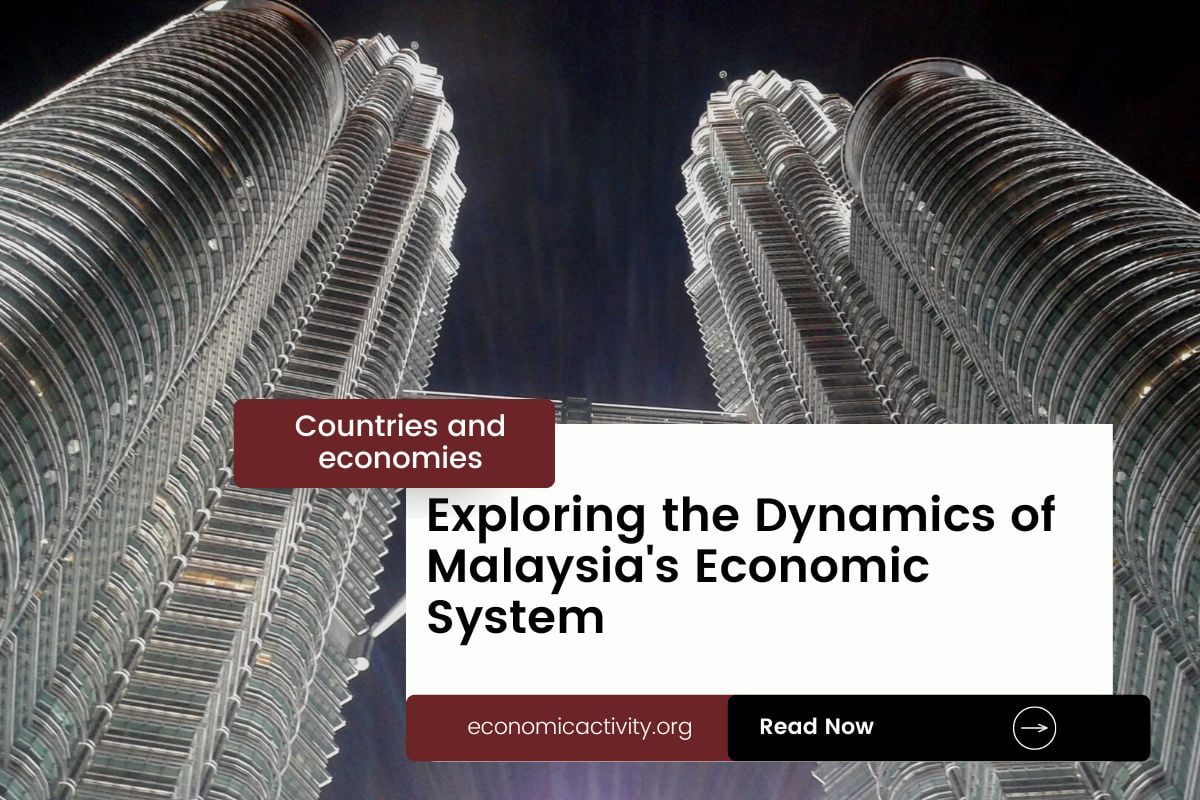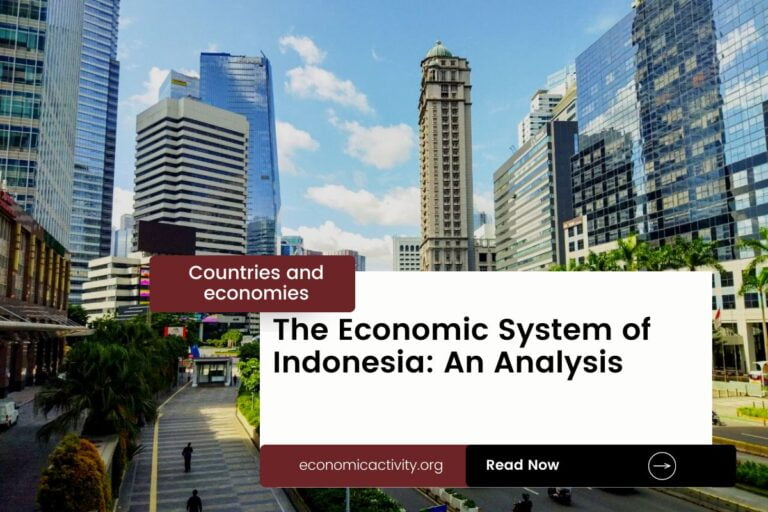What is the economic system of Malaysia? The economy of Malaysia is based on a mixed economy. The country’s economic system combines elements of a market economy and a planned economy.
Malaysia’s economy is diversified, with manufacturing, services, and agriculture sectors. It is a major exporter of electronics, petroleum, and palm oil.
In Malaysia, the economy is composed of a private sector, consisting of individuals and businesses that make autonomous decisions based on self-interest, and a public sector, where the state determines the production and distribution of certain goods and services. No country is purely capitalist or purely communist.
What do the freedom indexes tell about the economic system of Malaysia?
Now, to determine if a country is mostly a market economy or a planned economy, it is useful to examine some economic indexes. For instance, according to the 2022 Index of Economic Freedom, which measures the ability of every human to control his own labor and property, Malaysia is ranked 42nd globally and 8th in Asia-Pacific indicating that the country has a moderately free economy.
In a similar way, the 2022 Freedom House index evaluates the state of political rights and civil liberties globally. Generally, market economies tend to align more with democracy and freedom, while command economies tend to be characterized by greater state control and fewer democratic and civil liberty protections. Malaysia gets a score of 50/100, which qualifies it as Partly Free.
Malaysia is considered to have a government that does not control what people do, and people can make their own economic decisions, but it is only considered an electoral democracy, lacking full liberal democratic protections.
The Link Between Public Sector Employment and the Economic System of Malaysia
An indicator of the extent to which the State is involved in the economy is the number of public sector employees. In Malaysia, according to ILOSTAT, the number of public sector employees as a percentage of the total workforce is 15.1% (2019).
In the country’s mixed economy, the number of public sector employees as a percentage of the total workforce varies based on the specific policies and practices adopted by the State. Some economic activities are left to the private sector while others are under government control. The bigger the public sector the closer is the economy to being a command economy.
What do the biggest companies in Malaysia say about the country’s economic system?
The biggest company by market cap in Malaysia should also be looked at, as well as whether it is a state-owned or private company. In this case, Maybank is Malaysia’s largest financial services group, offering banking, investment, insurance, and other financial services. The company is owned by Permodalan Nasional Berhad (33.3%), a large Malaysian fund management firm, and other private shareholders.
The private sector industries of Malaysia include electronics, automotive, and oil and gas. While, the public sector industries include healthcare, education, and transportation.
More: Top 10 Biggest companies by revenue in Malaysia (2023 data)
The historical factors that have influenced the economic system of Malaysia
The mixed economy system of Malaysia was caused by the country’s colonial history, its post-independence economic policies, and its global economic integration. Colonial rule brought in foreign capital and technology, while post-independence policies focused on industrialization and export-oriented growth.
Global economic integration has also played a role, with Malaysia becoming increasingly open to foreign investment and trade. These factors have all contributed to the current mixed economy system of Malaysia.





Leave a Reply